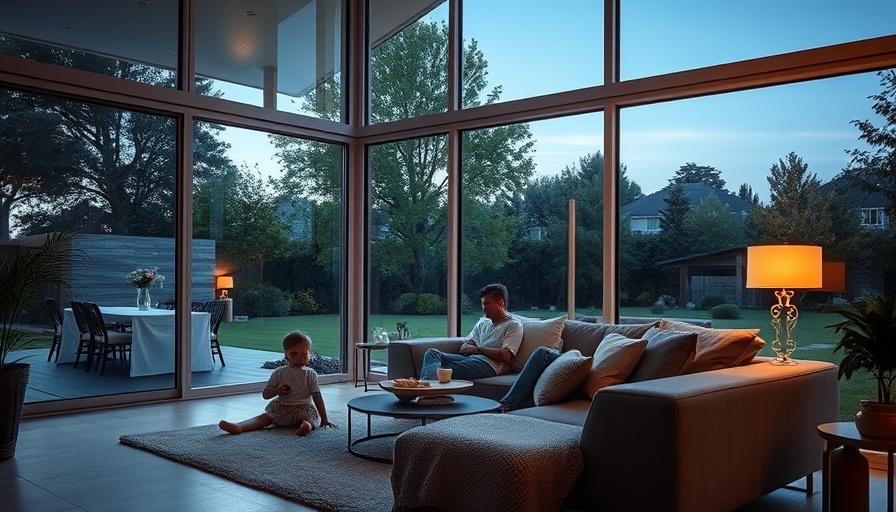
Rising Costs: What Does It Mean for Solar Panel Owners?
In just four months, solar panel owners in the Netherlands are facing a nearly 10% increase in the costs associated with returning energy to the grid. This increase is significant as it directly impacts the monthly bills for households, particularly for those with a smaller number of solar panels. A recent analysis by Overstappen.nl reveals a sharp rise in energy supplier fees, indicating that this trend may be part of a broader industry pattern.
Understanding the Cost Surge
The latest data shows that average return costs for solar panel users have escalated from March to August 2025, with some households experiencing significant spikes in their energy bills. For example, households with seven panels saw their costs rise from €277.28 to €331.58, a 19.6% increase. As energy suppliers increasingly impose charges on solar energy returned to the grid, many smaller households are feeling the financial pinch the hardest.
Why Are Backflow Costs Increasing?
The increase in backflow costs can be attributed to several factors, including shifts in regulatory frameworks, energy market fluctuations, and changes in supplier pricing policies. Notably, suppliers like Mega and Vattenfall have announced increases of €89 to €110 for small households within just four months, raising questions about the sustainability of solar energy as a cost-effective alternative for homeowners.
The Discrepancy Among Energy Suppliers
Not all energy suppliers are increasing their rates at the same pace, creating a diverse landscape for consumers. While suppliers like Coolblue Energy have set their annual charge for solar panel users at a staggering €1,097.86, others like Energiedirect and ESSENT have opted to maintain stable pricing. This disparity highlights the importance of shopping around for the right energy supplier for solar panel owners, particularly as costs continue to rise.
Implications for Households with Solar Panels
For households with limited solar panel installation, the increase in costs could lead to a tough financial choice. Many younger owners or smaller families may find themselves reconsidering the viability of solar technology due to the growing financial burden. Moreover, the finding that some households could be paying as much as €1,000 yearly for backflow costs is a stark reminder that sustainable energy can sometimes come with unexpected challenges.
Steps Forward: What Can Solar Panel Owners Do?
Solar panel owners now face the challenge of navigating a contracting space. It is important for homeowners to stay informed about their energy supplier’s pricing structures and to explore alternative suppliers that might offer more favorable terms. Additionally, the government can play a significant role in addressing these issues through policies that can help stabilize energy prices in favor of consumers seeking sustainable options.
In conclusion, the upward trend in backflow costs summarizes a complex interplay of factors that could deter potential adopters of solar. Staying informed and being proactive in energy selections will be increasingly important for consumers as they navigate the shifting landscape of energy costs.
 Rij toevoegen
Rij toevoegen






Write A Comment